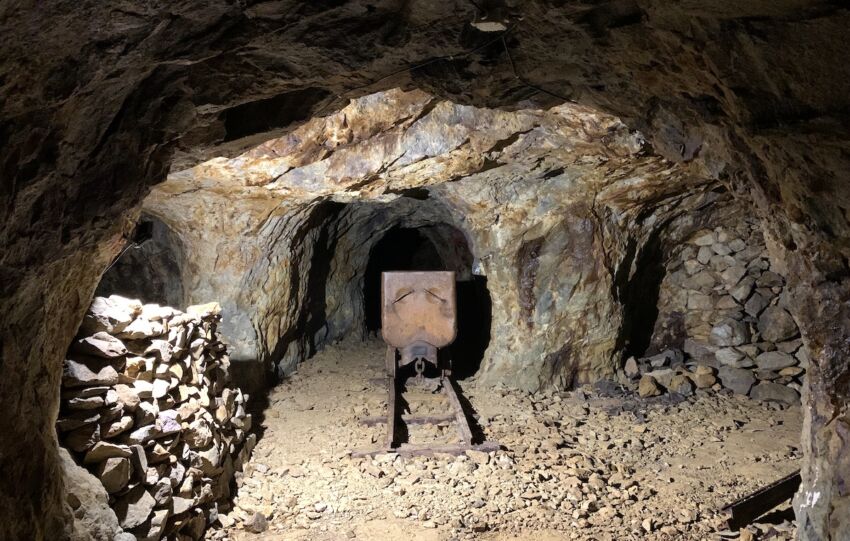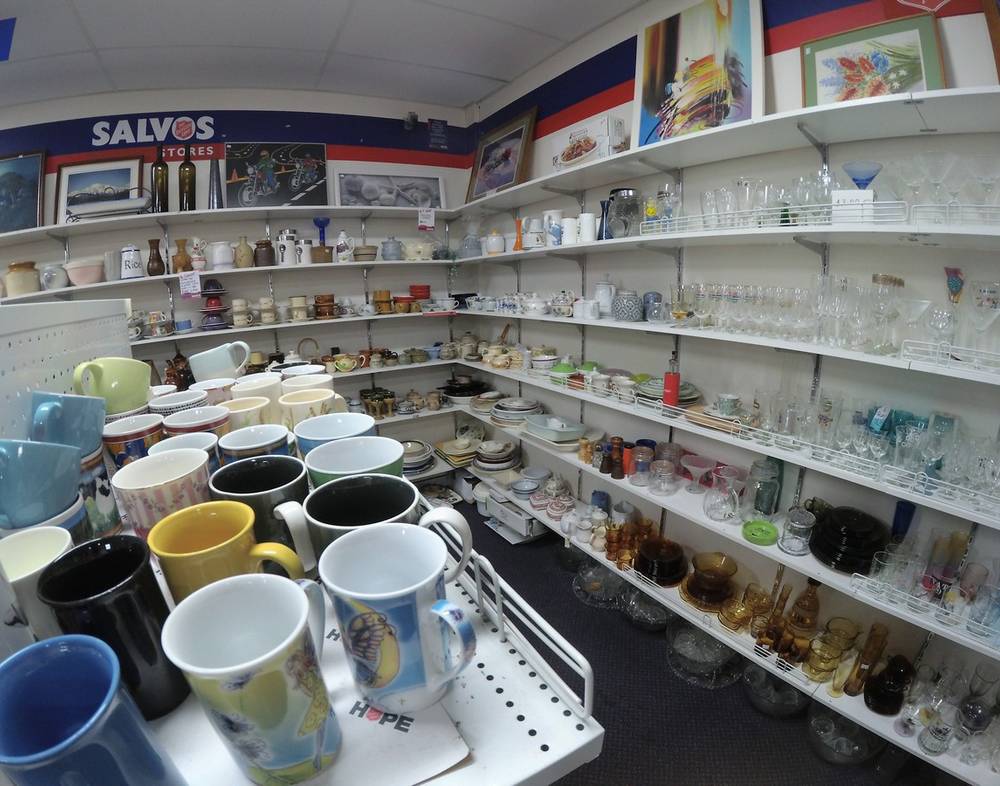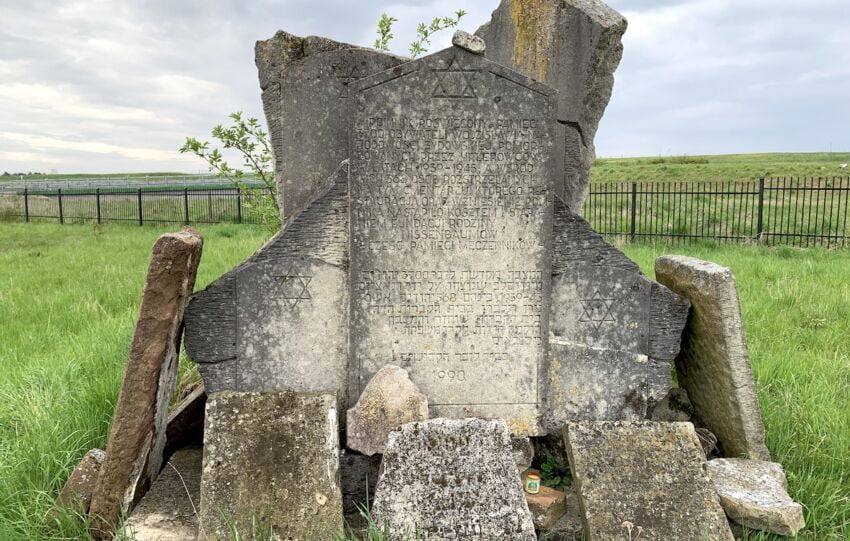Share This Article
In Europe, transportation in each country looks similar. The Transport Museum in Bratislava showcases what distinguishes transportation in Slovakia. Seamlessly transitioning from road to rail to water transport, it presents an integral element of the nation’s history and its development.
Looking around the streets today, we mostly see global car brands that are repeated all over Europe. In the past, the streets of countries looked completely different. There were characteristic models of domestically produced cars, which we can see at the museum exhibition, among other things.
Location and Access
The Transport Museum in Bratislava is located at Šancová Street 6419/1B in the capital of Slovakia. This museum lies far beyond the Old Town, so it is less frequently visited by tourists who explore the old city. The situation changes if you arrive in Bratislava by train. The Transport Museum in Bratislava is very close to the Bratislava Main Station.
From the center, the best way to get there is by tram number 1, which goes towards the Hlavni stanica stop. However, you can get off one stop before the end (Pod stanicou). From there, you will have a few minutes’ walk to reach the aforementioned museum. Looking at the map, you might notice that the museum is adjacent to the railway station, but the entrance to the exhibition is diagonally across and from the other side.
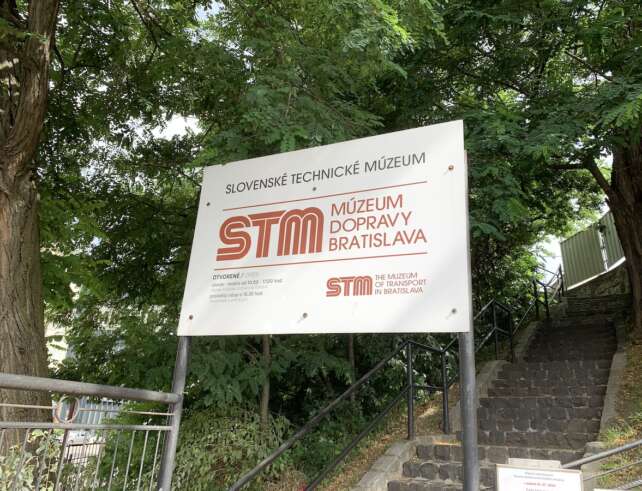
Opening Hours and Ticket Prices
The Transport Museum in Bratislava is open from Tuesday to Sunday between 10:00 AM – 5:00 PM. The last admission to the exhibition is possible at 4:30 PM. On Mondays, the museum is closed, as is the custom for museums.
A standard ticket to the museum costs 8 Euros, while a concession ticket is 4 Euros. Concessions are available for pupils, students, and seniors up to 70 years of age. Seniors over 70 years of age and children aged 3-6 can take advantage of tickets for 1 Euro. If you are visiting as a family, a ticket for 2 adults and up to 3 children costs 18 Euros. On the price list, upon exit, we also noticed a fee for taking photos amounting to 1 Euro, but nobody paid attention to this.
The Transport Museum in Bratislava is included in the Bratislava Card. If you plan to use the card, which turned out to be very cost-effective for us, you have free entry to this institution. You can find more about the card here.
Exhibition
The museum occupies two halls, but some exhibits are also waiting outside. The halls are named A and B. In the first one, road transport is combined with rail, and in the second one, road transport with water. The Transport Museum in Bratislava is a branch of the Slovak Museum of Technology in Košice and was established in 1999. It is based on the collections of the Veteran Club Bratislava, which has been gathering memorabilia related to transport since the 1970s.
Road Transport
In the museum, the oldest car dates from 1911, and the newest exhibits in the field of road transport are from the 1980s. Here you will find many cars manufactured in Czechoslovakia, brands such as Tatra, Škoda, or Praga. The exhibition also presents two-wheeled exhibits from the past, including those produced by Singer and an unusual wooden bicycle dated to 1920.
Within the two exhibition halls, visitors can admire close to a hundred cars from bygone years, twenty-five motorcycles of collector’s significance, as well as a variety of technical accessories from the past.
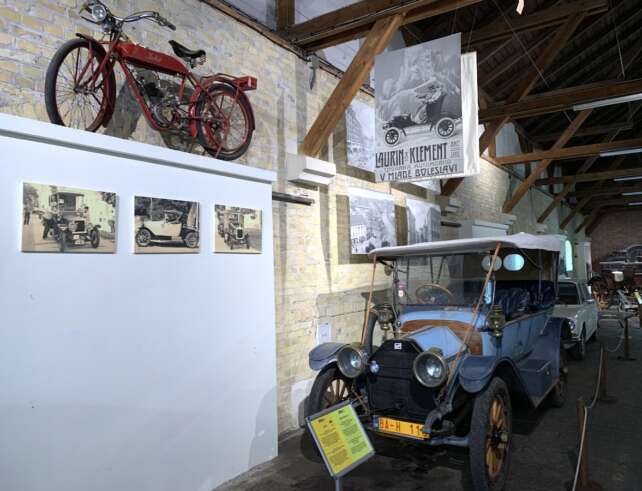
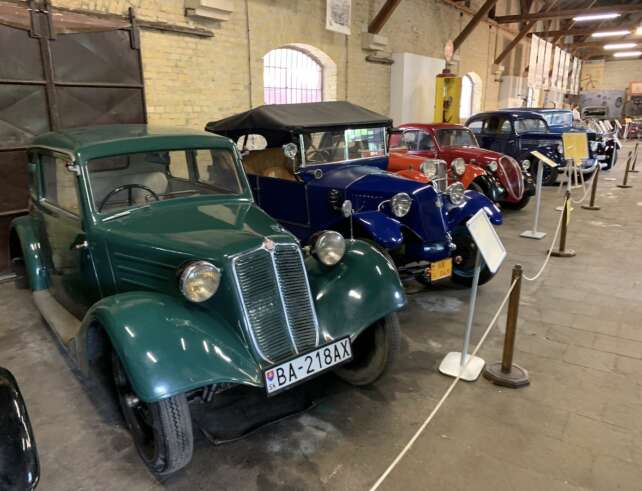
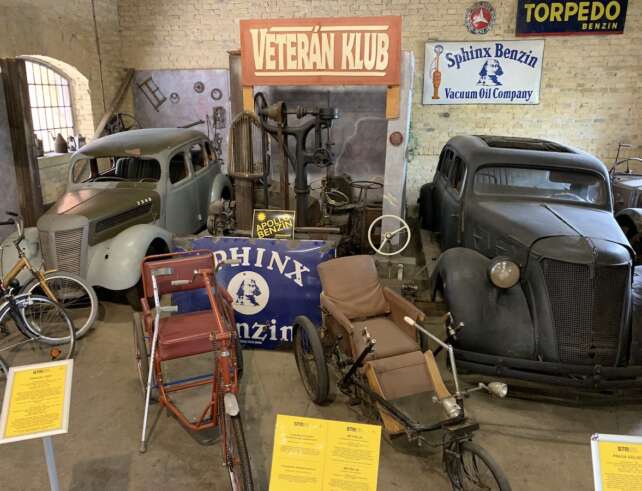
At the exhibition, you will find brands typical for the region, such as Škoda or Tatra, but you can also admire the Czechoslovak vehicle brand Velorex. This unique, three-wheeled vehicle with a leather body is truly impressive!
Among the car brands that you will find on display, it is worth mentioning names such as Laurin & Klement, Mercedes-Benz, Trabant, the already mentioned Tatra, Škoda, and Praga, Ford T, Fiat, ZIL, GAZ, Jeep Willys, and Sarolea. Hall A talks about the golden age of rail and road transport, while in hall B, you will find exhibits that are part of the exhibition “Milestones of Slovak Motoring in the Second Half of the 20th Century.”
Among the vehicles, you will also find prototype gems that are hard to find elsewhere. Among them awaits the Tatra 603 MB designed in the Bratislava branch. This unique microbus did not enter mass production.
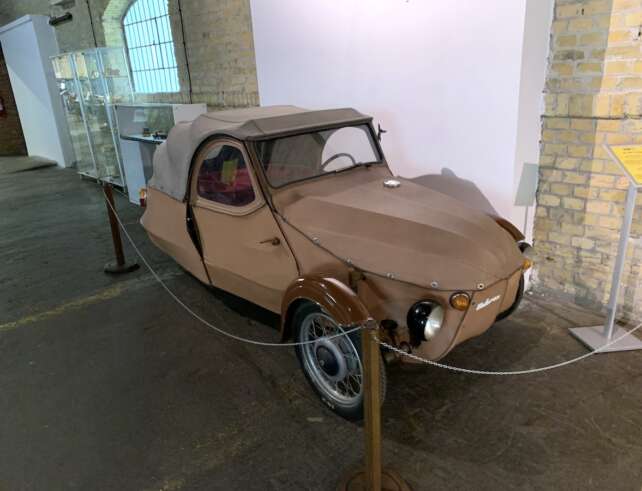
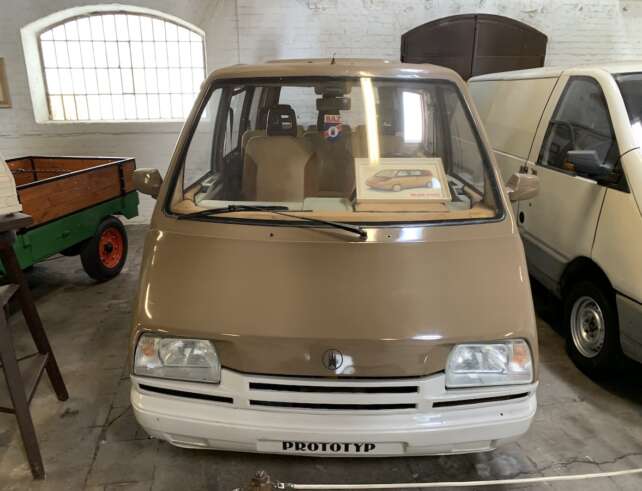
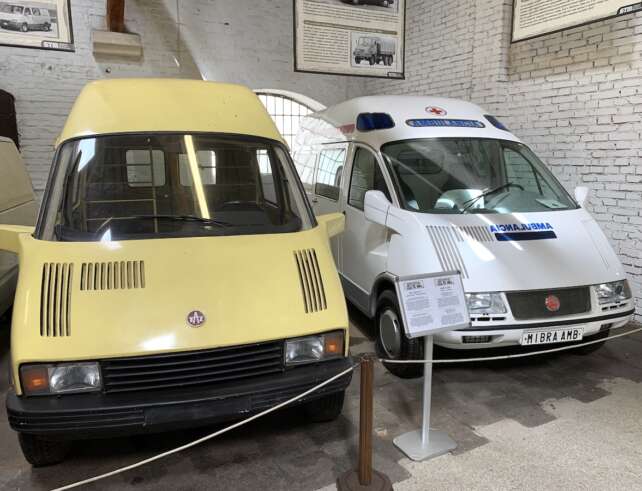
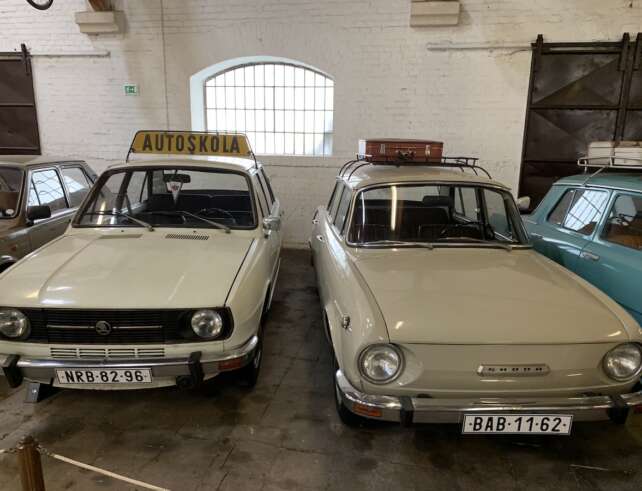
Railway
The Transport Museum in Bratislava is located on an old track bed and in the vicinity of the railway station, so an integral part of the exhibition must be the railway. Outside, locomotives and carriages are waiting for you, and inside you’ll find railway uniforms, equipment used on the railways, and everyday station objects. You can see how departure boards are constructed or how switches are controlled.
It is also worth getting acquainted with the history of the Slovak railways. The first locomotives that traveled across the country had a simple design. Over time, they were developed, and in the 1960s, the original steam vehicles gave way to electric and diesel traction. Initially wooden carriages, also over time, were entirely replaced with metal constructions.
It is also worth paying attention to elements without which the railway could not function, and which are not always thought about. I am referring to telephone, radio, signaling, and lighting devices. On the exhibition, you will find lamps, flags, bells that were for years part of the railway’s equipment. An interesting part of this exhibition is also the display of a centrally controlled clock system (the so-called uniform time). It presents the most common types of slave clocks produced by Czechoslovak brands Chronotechna, Elektročas, and Pragotron, dating back to the 1950s.
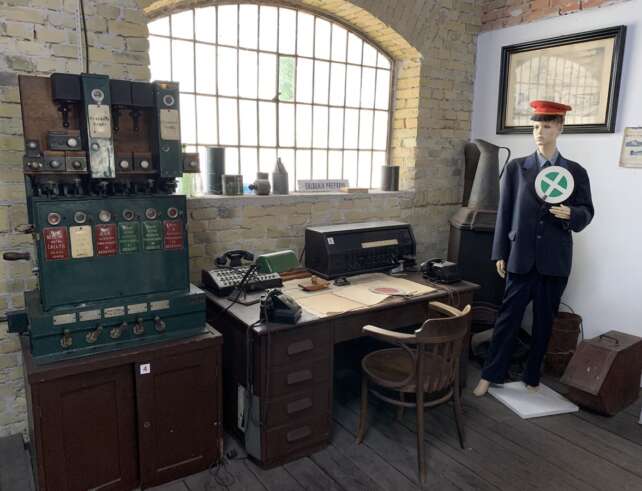
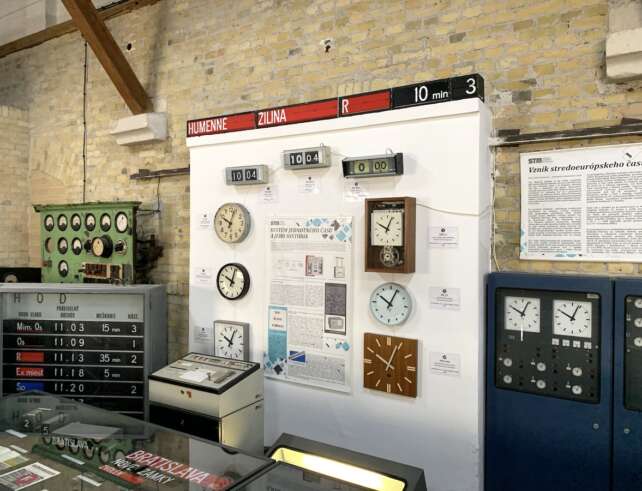
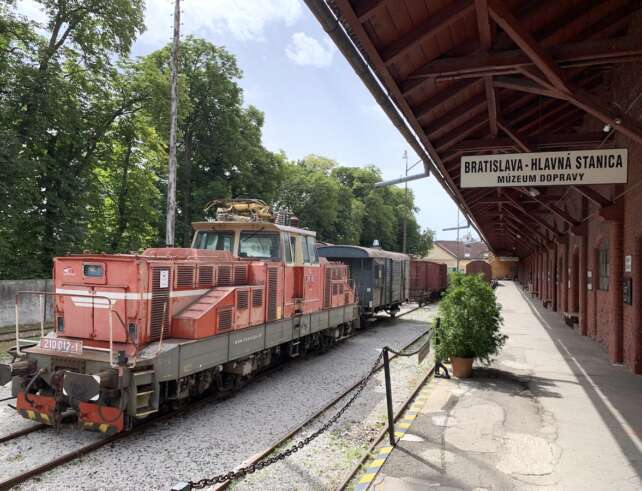
Water
A significant part of the Transport Museum in Bratislava’s exhibition is dedicated to water transport. Nothing has changed, and Slovakia still does not have access to the sea, but Bratislava itself lies on the Danube, which has been used for transport purposes for years. Both passenger and freight transport have their history, which the exhibition tries to tell us.
The museum is continuously acquiring new memorabilia related to navigation, and one of the acquired exhibits is the tugboat ŠTUREC. It is currently stationed in the Winter Port and undergoing renovation. This ship dates from 1937 and has the status of a national cultural monument.
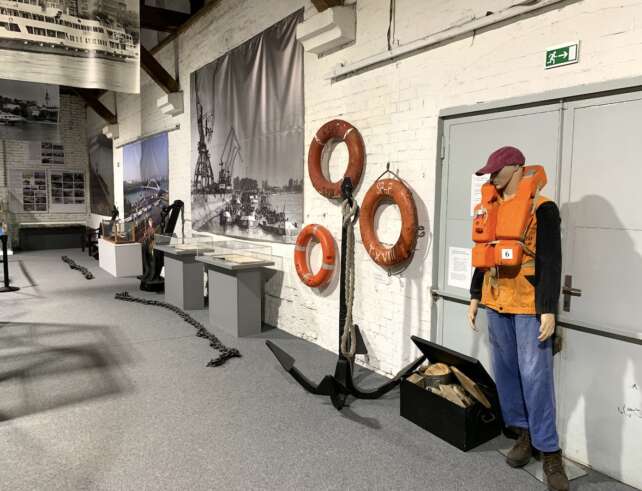
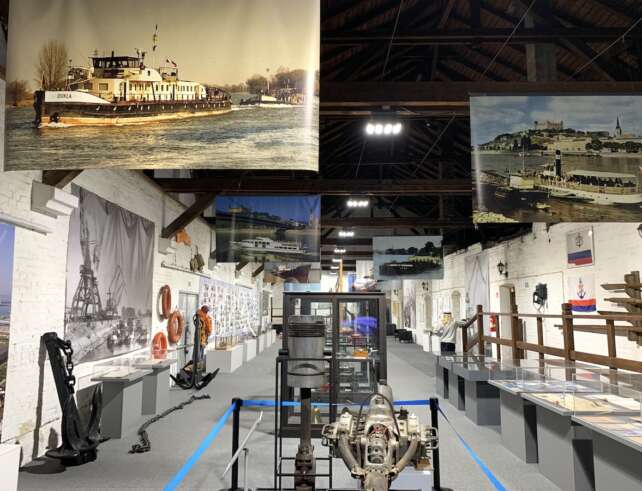
Polish Accents
Although the Transport Museum in Bratislava is dominated by domestically produced cars, you will also find two strong Polish accents there. The first is the Żuk A 13, marked with the colors of the Fire Brigade. In Poland, there are still collector’s specimens (and sometimes in active service) of this unique Polish-made car. Interestingly, it did not come to Slovakia from Poland, but from Hungary.
The second car is the Polish Fiat 126p Bis. This car, manufactured in 1987 at FSM in Tychy, has a unique, pink color. They were produced in the Bis version for only four years and differed from the basic model with a maximum speed higher by 5 kilometers per hour and liquid cooling (the original “maluchy” were air-cooled).
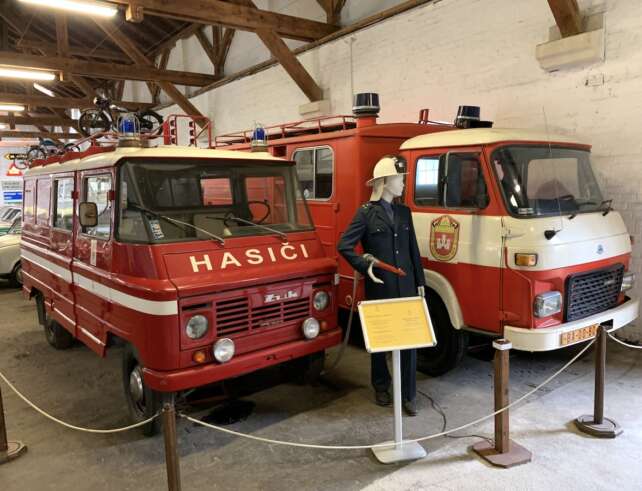
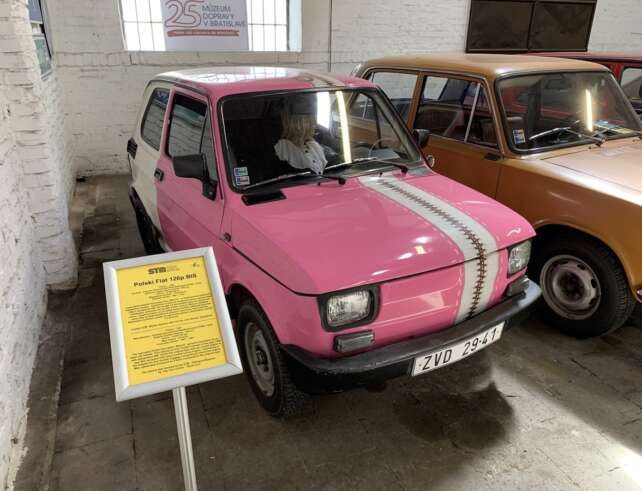
Unique Motorcycle
An interesting element of the exhibition is a motorcycle from OCC – Orange County Choppers. I remember the show that I watched on Discovery as a youth. In this show, the OCC company made personalized motorcycles for various interesting people. It was a family business, characterized by quarrels between father and son.
The motorcycle you can admire at the Transport Museum in Bratislava has an engine capacity of 1745 cm3, a six-speed gearbox, and weighs 271 kilograms. Pay attention to the details, there is a lot of exquisite handcrafted art waiting for you!
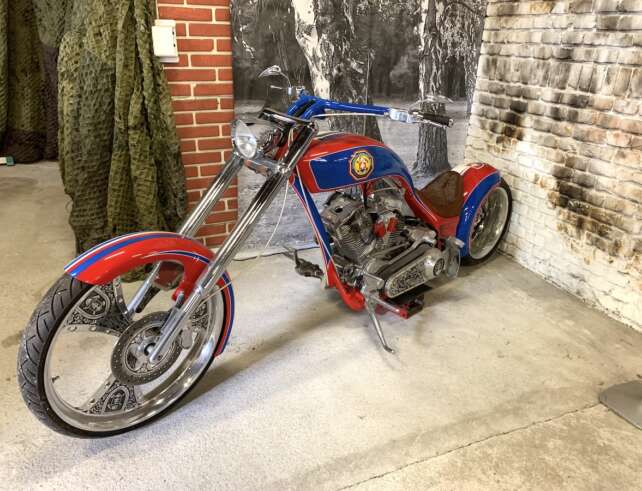
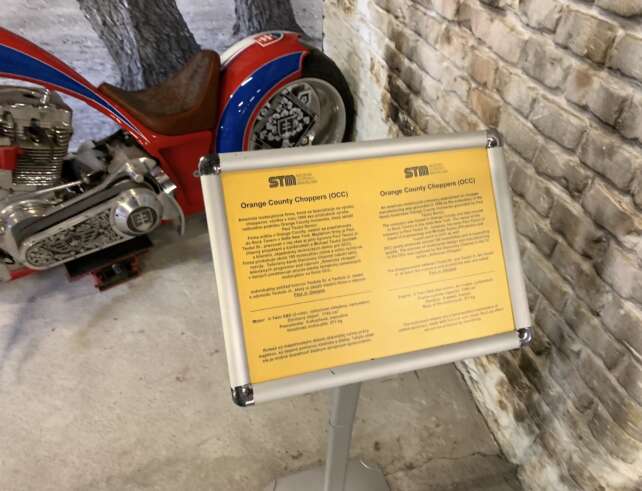
Worth a Visit?
The Transport Museum in Bratislava was not initially at the top of our list, mainly due to its location, but we quickly changed our plans. The museum is not modern and full of multimedia, but we really liked it. Old cars have their charm, and if you have even a small spark of fascination with motoring, it is definitely worth a look. On-site, a considerable selection of vehicles awaits you, and behind each of them is an interesting story!



